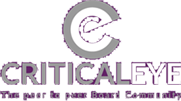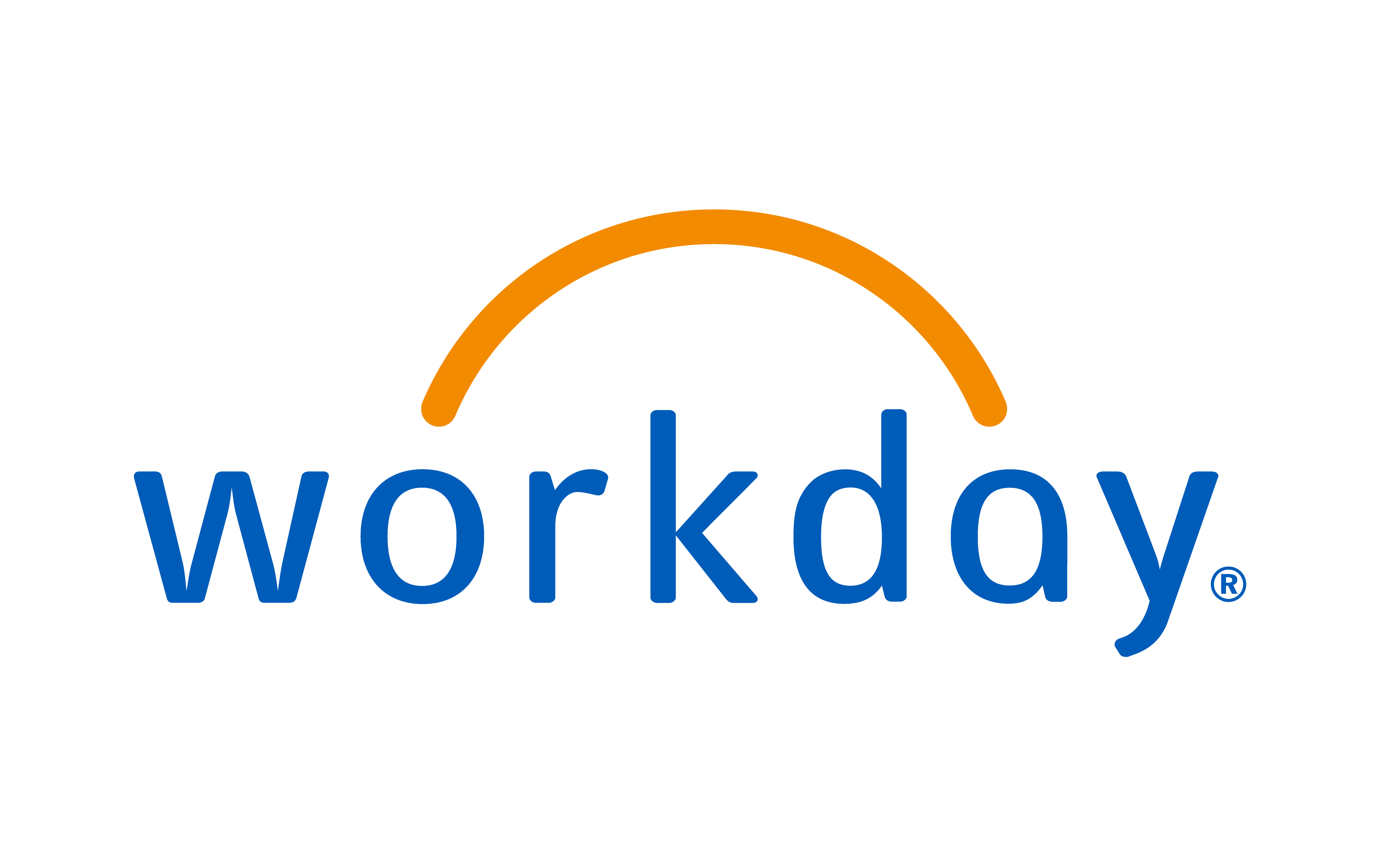
Knowing how to manage a board can be a tricky proposition for a new CEO. There may be a sneaking sense that the board is something of a distraction from running the business. This shouldn’t be the case and it’s up to the CEO, in conjunction with the chairman, to get the interaction right so everyone understands how these meetings can be productive.
Gareth Davis, Chairman of Wolseley, William Hill and DS Smith, remembers his first board meeting when he was appointed CEO of Imperial Tobacco Group: “We were re-floating out from a conglomerate as an independent, straight into the FTSE 100… there was a huge agenda… and it was a bit daunting.
“It was my first board appointment, so you’re a little bit unsure of the role of non-execs. Most of them were very experienced board practitioners… but the reality is, it’s much less difficult than you think; what you forget is everyone wants you to succeed.”
If coming in as an external appointment, the CEO will need to explain what they expect from the board. Ian Tyler, Chairman of Bovis Homes and Al Noor Hospital Group, and former CEO of Balfour Beatty, comments: “I’ve just gone through a process where an incoming CEO was taking over in one of my companies. That’s more about making your presence felt on the first encounter.”
This was the case for Ian Bowles, CEO of Allocate Software: “I used that first board meeting to set my stall out clearly and draw a line as to what was board responsibility, what was exec responsibility, where the lines had blurred and how we would handle that… We agreed our respective roles: the chairman runs the board; the CEO runs the company.”
For those appointed as CEO from within the organisation, there may be less of a need to make a mark. Ian Tyler says: “I was already on the board – I had been the CFO and then COO. In reality it was just moving into a different seat.
“The issues that I was dealing with were a big chunk of the CEO’s overall responsibility. The only difference is that all eyes look to you as the CEO… But I had gone through a long succession process.”
Knowledge is power
Once expectations and responsibilities have been established, the focus should be on how to get the best out of discussions. “A CEO has to understand why [they] need the board and non-executive directors, and why corporate governance is useful,” says Theresa Wallis, Chairman of medical technology concern LiDCO Group.
“Some people, when they first go on the board of a company… think: ‘Why do we need non-execs? What do they do?’ You need to explain the obligations of the non-execs; how they can contribute and be useful.”
Gareth says: “A CEO has to tell it as it is, warts and all. Be very open, remembering you’re among people who want to help… If there’s bad news, get it out of the way.
“Don’t underestimate the ability of NEDs to absorb and contribute… It’s usually when boards come into their own – when bad news is shared and collective intellect is applied.”
It’s important that the CEO exercises leadership in the boardroom and gets as much value from the discussions as possible. Ian Tyler comments: “I appreciate the chairman formally leads the board, but the chief executive has to be taking the board where he or she wants to go… that’s when you get a healthy dynamic where there is respect both ways, but the chief executive is clearly the prime mover in the discussion.”
Anthony Fletcher, CEO of online snack retailer Graze, says: “You prepare this enormous board pack, you prep all these people to come in and present. Then, you need to capitalise on all this information and the views people have brought around the table with their different experiences.”
When the CEO and board dynamic is healthy, the chief exec accepts challenge and listens to what is being discussed. “That’s when it works, the diversity, the debate – management brings something forward and it’s ultimately improved,” adds Anthony.
Charlie Wagstaff, Managing Director of Executive Membership for Criticaleye, says: "The CEO should be able to use the chairman and NEDs as a sounding board, drawing on their collective experience to provide guidance when necessary."
“They are there to hold management to account, but also to support and guide you. Getting them up to speed sooner, rather than later, can only be a good thing.”
Cracks appear in the relationship between the chief exec and non-execs when the information provided is poor or selective. “There are recent examples with governance accidents where executives were not terribly welcoming to non-execs,” says Gareth. “They are directors of the company, they should have complete access and [the CEO] should facilitate that.”
James Crosby, Criticaleye Board Mentor and former Senior Independent Director of Compass Group, comments: “The chief executive has to take the initiative in putting proposals and ideas to the non-executives as early as possible… You can’t just dump a whole pile of fait accompli on them – if that’s how you treat them, you won’t have the right relationship of collaboration and challenge."
Ultimately, the manner in which the CEO and chairman work together will set the tone for everyone else. As Ian Bowles of Allocate Software says: “If those two aren’t collaborative, then the board is going to be dysfunctional from the get go.”
https://twitter.com/criticaleyeuk


























 (002).png)